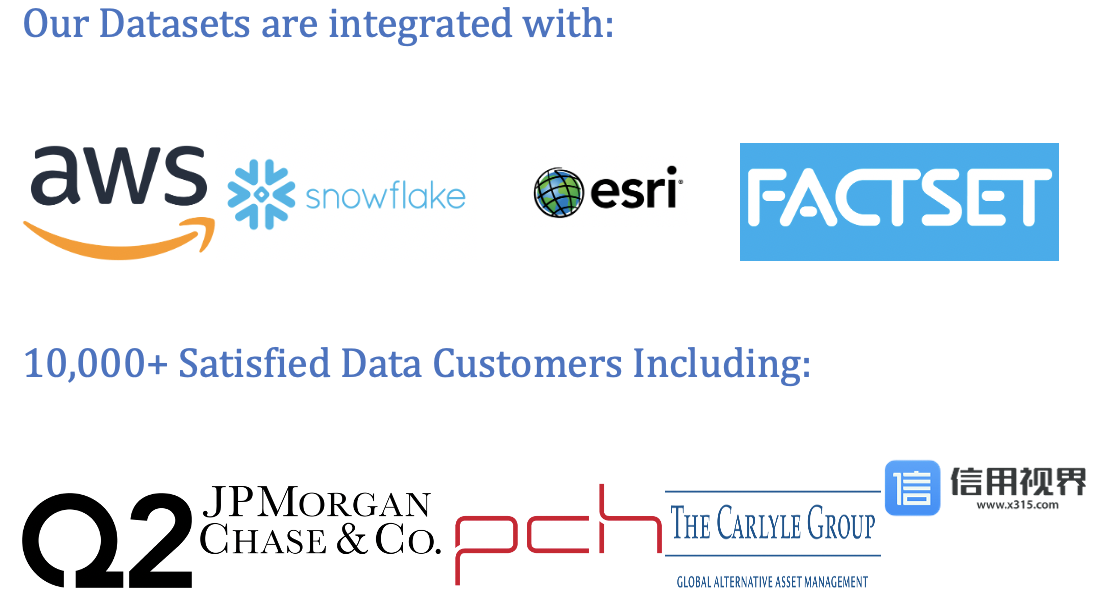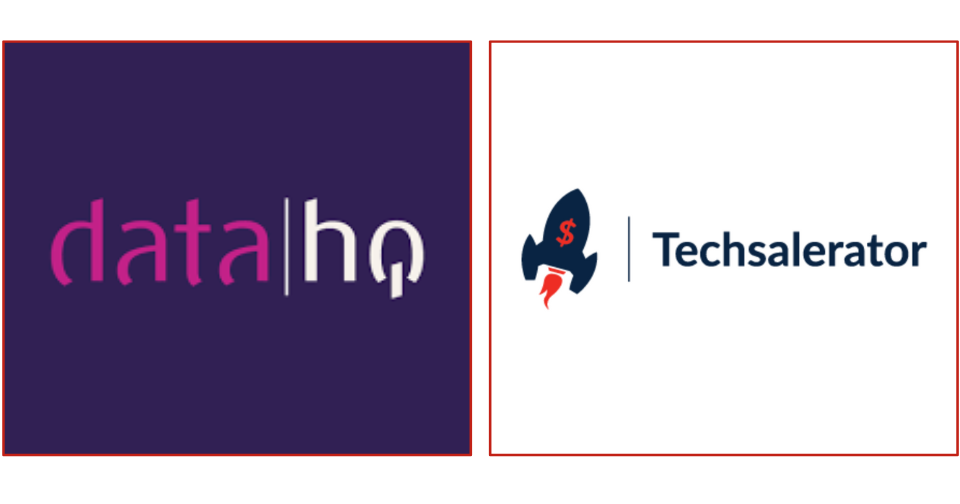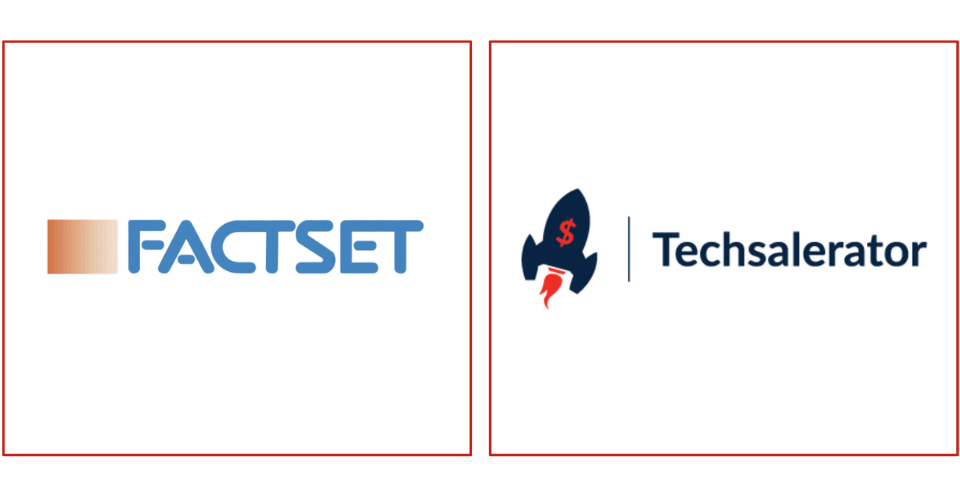
Top Web Analytics Data Providers
Understanding Web Analytics Data
Web Analytics Data is collected using specialized tools and technologies, such as web analytics platforms, tracking codes, cookies, and tags embedded within web pages. These tools capture various types of data, including page views, sessions, bounce rates, time spent on site, referral sources, device types, geographic locations, and user demographics. Web analysts and digital marketers use this data to measure website performance, identify trends, track user journeys, and optimize online experiences.
Components of Web Analytics Data
Key components of Web Analytics Data include:
- Traffic Metrics: Quantitative measures of website traffic, including total visits, unique visitors, page views, sessions, and average session duration, providing insights into overall website popularity and reach.
- User Behavior Metrics: Insights into user interactions and behaviors on the website, such as click-through rates, scroll depth, form submissions, video views, and navigation paths, helping understand user engagement and preferences.
- Conversion Metrics: Metrics related to desired user actions or conversions, such as sign-ups, purchases, downloads, inquiries, or other goal completions, indicating the effectiveness of conversion funnels and marketing campaigns.
- Acquisition Channels: Information about the sources and channels driving traffic to the website, including organic search, paid search, direct traffic, referral traffic, social media, email marketing, and affiliate marketing, facilitating attribution analysis and campaign optimization.
Top Web Analytics Data Providers
- Leadniaga : Renowned for its cutting-edge web analytics solutions, Leadniaga offers a comprehensive suite of tools and services tailored to meet the diverse needs of businesses and organizations. Their platform seamlessly integrates advanced analytics technology with customizable features, empowering clients to gather, analyze, and leverage Web Analytics Data effectively.
- Google Analytics: A prominent player in the field of web analytics, Google Analytics provides a robust suite of tools for tracking, reporting, and analyzing website data. From real-time reporting to audience segmentation and conversion tracking, Google Analytics offers a plethora of features to optimize digital strategies.
- Adobe Analytics: Adobe Analytics, part of the Adobe Experience Cloud, offers advanced analytics and predictive insights for digital marketing and e-commerce endeavors. Its comprehensive suite of tools enables enterprises to gain actionable insights, optimize customer experiences, and drive business growth.
- Heap Analytics: Known for its user-friendly approach to web analytics, Heap Analytics automates the capture of user interactions on websites, enabling retroactive analysis and behavioral segmentation without the need for manual event tracking. Its intuitive features include funnel analysis, cohort analysis, and A/B testing.
- Mixpanel: Focused on user behavior tracking and engagement analysis, Mixpanel provides event-based analytics, user journey mapping, and retention analysis for mobile apps and web applications. Its advanced insights into user behaviors, trends, and product usage patterns empower businesses to make informed decisions.
Importance of Web Analytics Data
Web Analytics Data is essential for businesses and organizations for the following reasons:
- Performance Optimization: Helps optimize website performance, user experience, and conversion rates by identifying usability issues, content gaps, and navigation bottlenecks through data-driven analysis.
- Marketing Effectiveness: Measures the impact of digital marketing campaigns, advertising efforts, and content strategies on website traffic, engagement metrics, and conversion outcomes to allocate resources effectively and maximize ROI.
- Audience Insights: Provides insights into audience demographics, interests, preferences, and behaviors to tailor content, messaging, and offers for targeted marketing and personalized experiences.
Applications of Web Analytics Data
The applications of Web Analytics Data include:
- Website Optimization: Guides website redesigns, content optimizations, and user experience improvements based on data-driven insights and user feedback to enhance engagement and conversion rates.
- Marketing Attribution: Helps attribute conversions and revenue to specific marketing channels, campaigns, or touchpoints, enabling marketers to allocate budgets, optimize campaigns, and measure performance accurately.
- Product Development: Informs product decisions, feature enhancements, and user interface optimizations by analyzing user interactions, feedback, and usage patterns to meet customer needs and improve product usability.
Conclusion
In conclusion, Web Analytics Data is a valuable resource for understanding website performance, user behavior, and marketing effectiveness in the digital realm. With top providers like Google Analytics, Adobe Analytics, Heap Analytics, and Mixpanel offering advanced analytics solutions, businesses can leverage Web Analytics Data to optimize websites, personalize user experiences, and drive business growth. By harnessing the power of Web Analytics Data effectively, organizations can make data-driven decisions, improve customer satisfaction, and achieve their online objectives in today's competitive digital landscape.
Our Datasets are integrated with :



10,000+ Satisfied Data Customers including :








